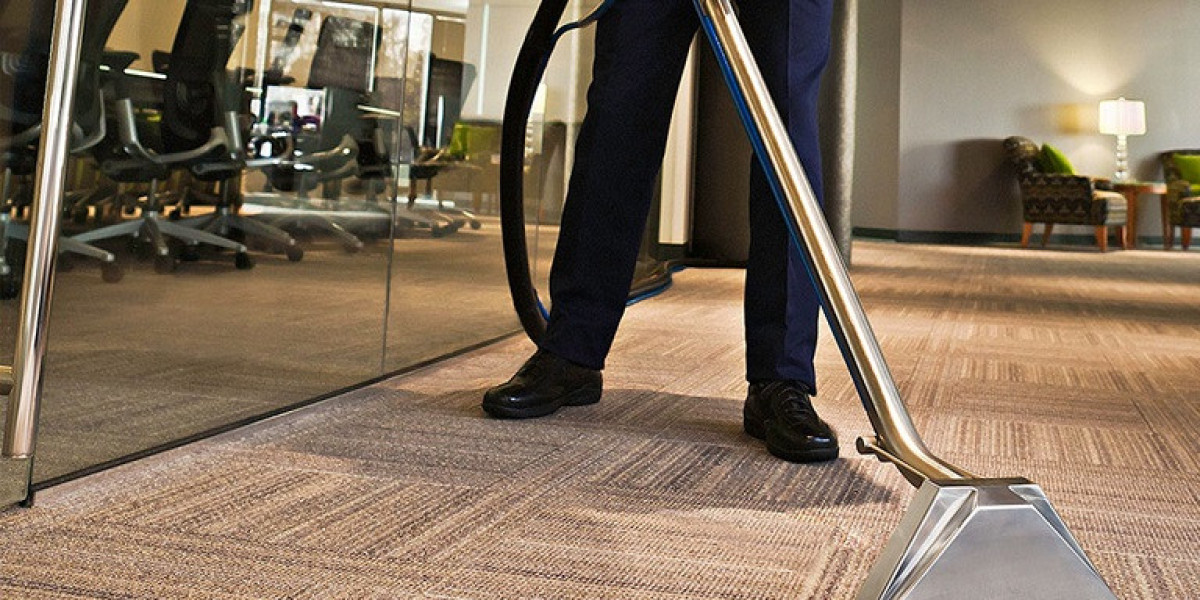The Art of Broken Window Repair: A Comprehensive Guide
Windows are more than just openings in the walls; they are important components of a structure's structure, offering light, ventilation, and insulation. Nevertheless, they can also be susceptible to damage, whether from accidental impacts, extreme weather condition, or use and tear. A broken window not only diminishes the visual appeal of a residential or commercial property however can likewise result in security threats, energy inefficiency, and increased utility costs. This extensive guide intends to provide house owners and home managers with the understanding and actions required to repair broken windows effectively.
Understanding the Importance of Window Repair
Before delving into the repair process, it's essential to comprehend why fixing broken windows is very important. A broken window can:
- Compromise Safety: Broken glass can present a substantial risk of injury to residents.
- Increase Energy Costs: Gaps in the window can lead to heat loss in winter season and heat gain in summer, making your HVAC system work harder.
- Affect Property Value: Unrepaired windows can detract from the overall appearance and worth of a residential or commercial property.
- Welcome Pests: Cracks and gaps can act as entry points for pests like insects and rodents.
- Trigger Water Damage: Leaks can result in water damage, mold, and other structural problems.
Recognizing the Type of Damage
The first step in repairing a broken window is to identify the type of damage. Common types include:
- Cracked Glass: Minor fractures can typically be fixed, while major fractures usually need replacement.
- Broken Pane: A completely shattered pane demands a replacement.
- Loose or Warped Window Frame: This can be triggered by age, moisture, or poor installation.
- Damaged Seals: Broken seals can result in drafts and wetness invasion.
- Rotted Wood: Wooden frames can rot due to moisture, needing replacement or repair.
Preparing for the Repair
Before beginning the repair, collect the required tools and products. Here's a list of fundamentals:
- Safety Gear: Gloves, safety glasses, and a dust mask.
- Tools: Screwdriver, putty knife, hammer, chisel, and a drill.
- Materials: Replacement glass, glazing putty, paint, silicone sealant, and weatherstripping.
Step-by-Step Guide to Repairing a Broken Window
Ensure Safety
- Use gloves and safety glasses to secure yourself from glass fragments.
- Clear the location around the window to avoid mishaps.
Remove the Broken Glass
- Thoroughly remove any remaining glass from the frame using a putty knife and pliers.
- Use a vacuum cleaner to get small pieces of glass and particles.
Inspect the Frame
- Examine the frame for any indications of damage, warping, or rot.
- If the frame is harmed, you might require to replace it or utilize wood filler for minor upvc repairs.
Eliminate Old Glazing Putty
- Use a heat weapon to soften the old glazing putty and a putty knife to scrape it away.
- Make sure all old putty and paint are eliminated to create a tidy surface for the brand-new glass.
Step and Cut the New Glass
- Procedure the frame accurately to figure out the size of the brand-new glass.
- Cut the glass to size utilizing a glass cutter and a straight edge.
Install the New Glass
- Use a thin layer of glazing putty around the edges of the frame.
- Carefully place the new glass into the frame, guaranteeing it is centered.
- Usage glazing points (little metal clips) to hold the glass in location.
Apply Glazing Putty
- Press the glazing putty around the edges of the glass to secure it.
- Smooth the putty with a putty knife to produce a neat surface.
Permit the Putty to Dry
- Let the putty dry for numerous days according to the producer's instructions.
Paint the Putty
- As soon as the putty is dry, paint it to match the window frame and surrounding area.
Install Weatherstripping and Sealant
- Apply weatherstripping to the edges of the window to prevent drafts.
- Use silicone sealant to seal any spaces around the frame.
Expert Help vs. DIY
While small repairs can often be managed by homeowners, more extensive damage might require expert assistance. Here are some scenarios where calling an expert is suggested:
- Large or Complex Repairs: If the damage is extensive or if the window belongs to a historical residential or commercial property, a professional can make sure the repair windows is done properly and safely.
- Safety Concerns: If the window is high up or if you are uneasy dealing with glass, a professional can manage the job.
- Specialty Windows: Certain types of windows, such as stained glass or leaded windows, might need specialized skills and products.
Cost Considerations
The cost of window repair can differ depending on the type and extent of the damage. Here are some factors that affect the cost:

- Size and Type of Window: Larger windows and specialty windows can be more expensive to repair.
- Materials: The expense of replacement glass and other materials can differ.
- Labor: Professional repairs can be more pricey, especially for complicated tasks.
Ecological Impact
Appropriately dealing with broken glass and old products is very important for ecological reasons. Here are some suggestions:
- Recycle Glass: Check with local recycling centers to see if they accept damaged glass.
- Dispose of Putty and Paint: Follow local guidelines for getting rid of glazing putty and paint, which may require to be treated as hazardous waste.
Maintenance Tips
Preventing window damage is easier than repairing it. Here are some upkeep tips to keep your windows in good condition:
- Regular Cleaning: Clean windows and frames routinely to prevent buildup of dirt and gunk.
- Check Seals: Check the seals around the windows for any signs of wear and tear.
- Address Moisture Issues: Fix any leaks or wetness concerns around the windows to prevent rot.
- Use Protective Films: Consider using protective films to windows to lower the threat of fractures and damage.
FAQs
Q: Can I repair a small crack in my window myself?
A: Yes, small fractures can typically be repaired using a DIY window repair kit. These sets generally include an epoxy resin that can be used to the fracture to seal it and prevent more damage. However, for bigger or more intricate cracks, it is a good idea to seek advice from a professional.
Q: How do I know if I require to replace the entire window or simply the glass?
A: If the glass is the only broken component and the frame remains in good condition, you can usually simply replace the glass. Nevertheless, if the frame is deformed, rotten, or harmed, or if the window is old and inefficient, it may be more affordable to replace the entire window.
Q: What should I do if I can't discover a specific match for my window glass?
A: If you can't discover a specific match, consider utilizing a similar type of glass. For instance, if you have actually frosted glass, you can use another frosted glass, even if the pattern is somewhat different. Additionally, you can have custom glass made to match your existing window.
Q: How long does it consider glazing putty to dry?
A: The drying time for glazing putty can differ depending on the brand and ecological conditions. Generally, it takes about 24 to 48 hours to dry sufficient to paint. Always check the manufacturer's guidelines for particular drying times.
Q: Can I repair a double-pane window myself?
A: Repairing a double glaze repair-pane window repairing is more intricate than a single-pane window because it includes keeping the seal between the 2 panes. If the seal is broken, it can be hard to repair double glazing windows without professional assistance. However, if the damage is minor, such as a little fracture, you can try a DIY repair utilizing a window repair package.
Broken window repair is a job that can be managed by homeowners with the right tools and knowledge. Nevertheless, it's essential to assess the damage and choose whether a DIY technique is practical or if expert assistance is required. By comprehending the value of upvc window repairs repair, following the actions laid out in this guide, and maintaining your windows frequently, you can make sure that your home stays safe, energy-efficient, and aesthetically pleasing.








